Since the original analog audio in my device (MiSTerfpga) is bad, I'm using an external TOSLINK-to-RCA-stereo DAC. Now I'd like to merge this setup into the device. I'd like to know if wiring the S/PDIF line from GPIO1/pin9 to the coax-input of the DAC PCB is the best practise, or if I'm missing something.
This is the schematic of my device on GitHub (LED4 is for digital audio transmission).
My DAC is a KabelDirekt and it has a CS8416 and a CS4344.
My idea was to desolder all the sockets from the DAC PCB and make direct connections to +5 V, GND, and S/PDIF to DC-in and coax-in.
